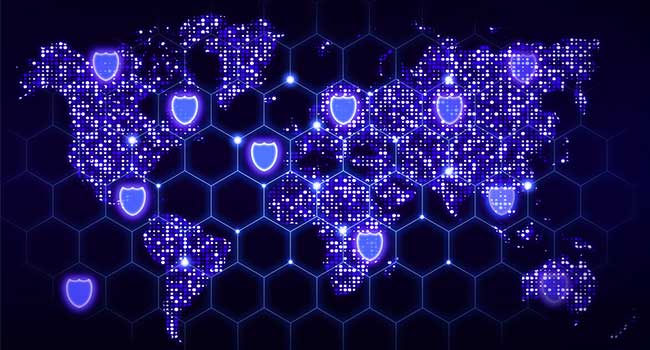
The Cybersecurity Struggle is Worldwide
The whole world could use a cybersecurity upgrade.
WannaCry and NotPetya ransomware attacks have shut down power grids, locked up hospitals and robbed companies in the last few months. As a result online security has become a major concern for national defense.
In a survey conducted by the United Nations, the country found that there are major gaps in the security among some of the world’s most powerful countries.
The Global Cybersecurity Index took a look at defense capabilities in 134 countries, focusing on five factors: technical, organizational, legal, cooperation and growth potential. The index ranks countries in several ways, including those “most committed” to cybersecurity.
Singapore took the top rating for the country most committed to cybersecurity, edging out the United States which came in second place. The U.S. scored greater that Singapore in the legal, organizational and growth potential categories but Singapore scored higher in cooperation.
Other nations on the top ten “most committed” list were Malaysia, Oman, Estonia, Mauritius, Australia, Georgia, France, Canada and Russia.
The survey found that despite the massive gap in wealth, poorer counties like Malaysia and Oman were stronger in cybersecurity than counties such as France or Canada.
"The data collection shows that developing countries lack well-trained cybersecurity experts as well as a thorough appreciation and the necessary education on cybersecurity issues for law enforcement, and continued challenges in the judiciary and legislative branches," the survey said.
Half of the countries that responded to the survey do not have a cybersecurity strategy. More than half don't have training for their police.
The survey noted that there's no global standard for cybersecurity, which it considers problematic.